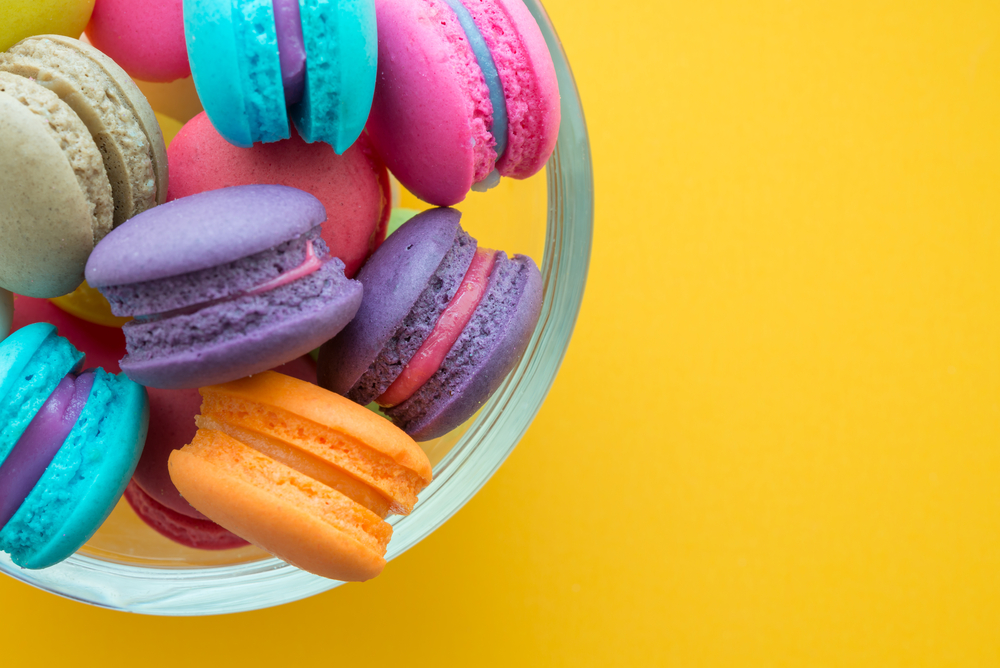It’s easy to associate it with obviously processed products like M&Ms, but food colouring can crop up in lots of unexpected places, like salad dressing and medicines. Even oranges will sometimes have their peels dyed a brighter orange to make them look more appealing. “We’re probably more exposed than we realize,” says environmental toxicologist Rachel Shaffer.
Nowadays, there are nine FDA-approved synthetic food colours on the market in the United States. Just three colours — Red #40, Yellow #5, and Yellow #6 — account for 90% of that figure. Eight of the nine dyes are derived from petroleum. There are also 28 “exempt” food colourings that come from plant and mineral sources, and in two cases insects.
As a scientist, Lefferts says, there are certainly more questions about food colouring that could benefit from further research. But as an activist, she believes the course of action should be for the FDA to re-evaluate their position based on the research that’s already available. “I’d really rather just see these dyes out of the food supply,” she says. “We have lots of evidence that they cause problems. Let’s get a warning label. Or let’s get rid of them.
While the experts consider the research and policy interventions, Sathyanarayana’s advice for ordinary consumers is straightforward: “Eat fresh fruits and vegetables, when possible to try to reduce the number of processed foods in your diet. Read the labels: the smaller the number of ingredients, the better.”
See Is It Time to Rethink Food Coloring?
#health #nutrition #diet #foodcolouring #processedfood
The FDA says they’re safe in moderation. But some experts say their guidelines are outdated and need changes to account for the possibility that dyes affect children’s brains and behavior.

